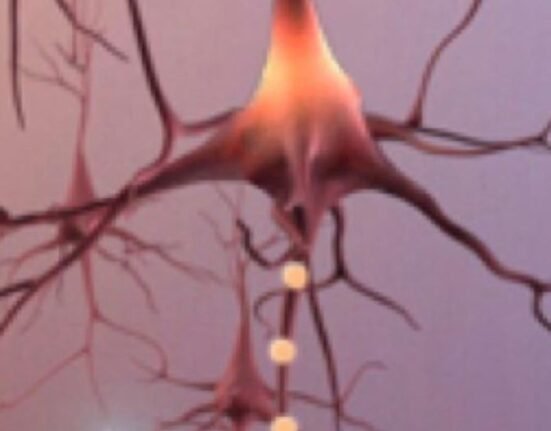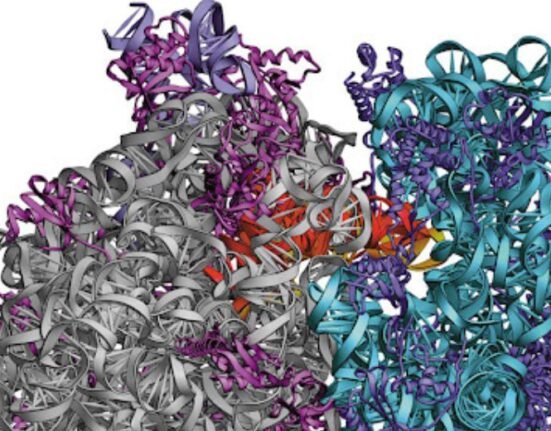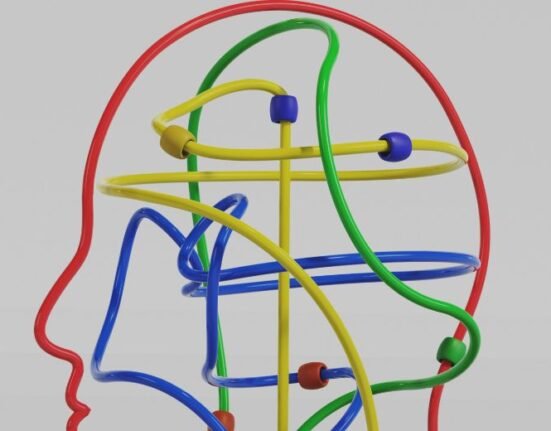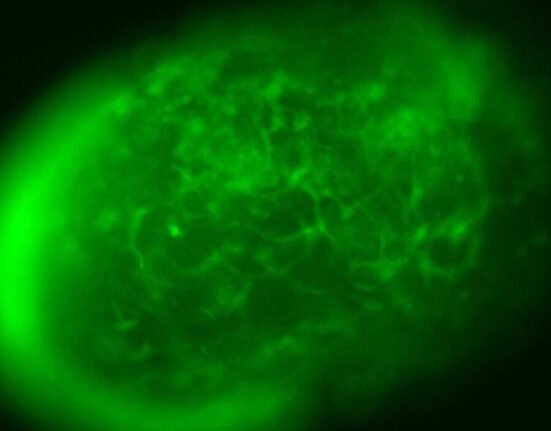HQ Team
May 30, 2025: Stanford University, along with other researchers, has developed a set of gene delivery systems that can reach different neural cell types in the human brain and spinal cord with exceptional accuracy — a tool which may lead to new gene therapies to treat Parkinson’s, Alzheimer’s and neurogenerative diseases.
These precise gene delivery systems in the future could safely control errant brain activity with high precision, compared to current therapies for brain disorders mostly treat only symptoms, according to the National Institutes of Health.
The new delivery systems carry genetic material into the brain and spinal cord for targeted use by specific cell types. This platform has the potential to transform how scientists can study neural circuits.
It provides researchers with gene delivery systems for various species used in research, without the need for genetically modified or transgenic animals. Scientists can illuminate fine structures of brain cells with fluorescent proteins and activate or silence circuits that control behaviour and cognition.
“Imagine this new platform as a delivery truck dropping off specialised genetic packages in specific cell neighbourhoods in the brain and spinal cord,” said John Ngai, Director of the NIH’s Brain Research Through Advancing Innovative Neurotechnologies Initiative.or The BRAIN Initiative.
‘Not possible before’
“With these delivery systems, we can now access and manipulate specific cells in the brain and spinal cord – access that was not possible before at this scale.”
The new delivery tools, which use a small, stripped-down adeno-associated virus (AAV) to deliver DNA to target cells, can be broadly applied across many species and experimental systems, including small tissue samples removed during human brain surgeries.
The delivery systems have been tested, or validated, in intact living systems, which is an important step for introducing new tools for widespread use.
The newly toolkit includes dozens of delivery systems that selectively target key brain cell types, including excitatory neurons, inhibitory interneurons, striatal and cortical subtypes, brain blood vessel cells, and hard-to-reach neurons in the spinal cord that control body movement and are damaged in several neurological diseases, such as amyotrophic lateral sclerosis and spinal muscular atrophy.
It incorporates computer programs powered by artificial intelligence that can identify genetic “light switches,” known as enhancers, that turn genes on in specific brain cell types, using data from many different species – cutting considerable time and effort for scientists looking for these genetic switches.
Precise treatments
The research tools will significantly accelerate understanding of the human brain. Importantly, the toolkit enables access to specific brain cell types in the prefrontal cortex, an area that’s critical for decision-making and uniquely human traits, according to a statement from the National Institutes of Health.
With other tools in the collection, scientists can better study individual cells and communication pathways known to be affected in several neurological diseases. These include seizure disorders, Amyotrophic Lateral Sclerosis, Parkinson’s disease, Alzheimer’s disease, and Huntington’s disease, as well as various neuropsychiatric conditions.
The new collection of gene delivery resources lays the groundwork for more precise treatments that target only affected cells in the brain, spinal cord, or brain blood vessels.
During the process of developing the delivery system, the researchers also found a way to protect mitochondria, a human cell’s power plant, from stress induced by exposure to a highly reactive molecule called hydrogen peroxide.
The researchers discovered the small molecule, SP11, that restores stressed mitochondria in human cells. The stress damage is linked to neurogenerative diseases like Amyotrophic Lateral Sclerosis, heart disease, diabetes, inflammatory bowel disease, and cancer, among others.
Food to energy
Mitochondria turn the food we eat into the energy our cells can use. But when stress hijacks the process they use to maintain their quality, they get snipped into useless fragments and go into a tailspin that spreads from cell to cell and triggers a wide range of human diseases.
In experiments with human kidney cells, the research team reported, adding SP11 to the fragmented mitochondria made them hale and whole again. The team has patented SP11 as a potential candidate for drug development.







